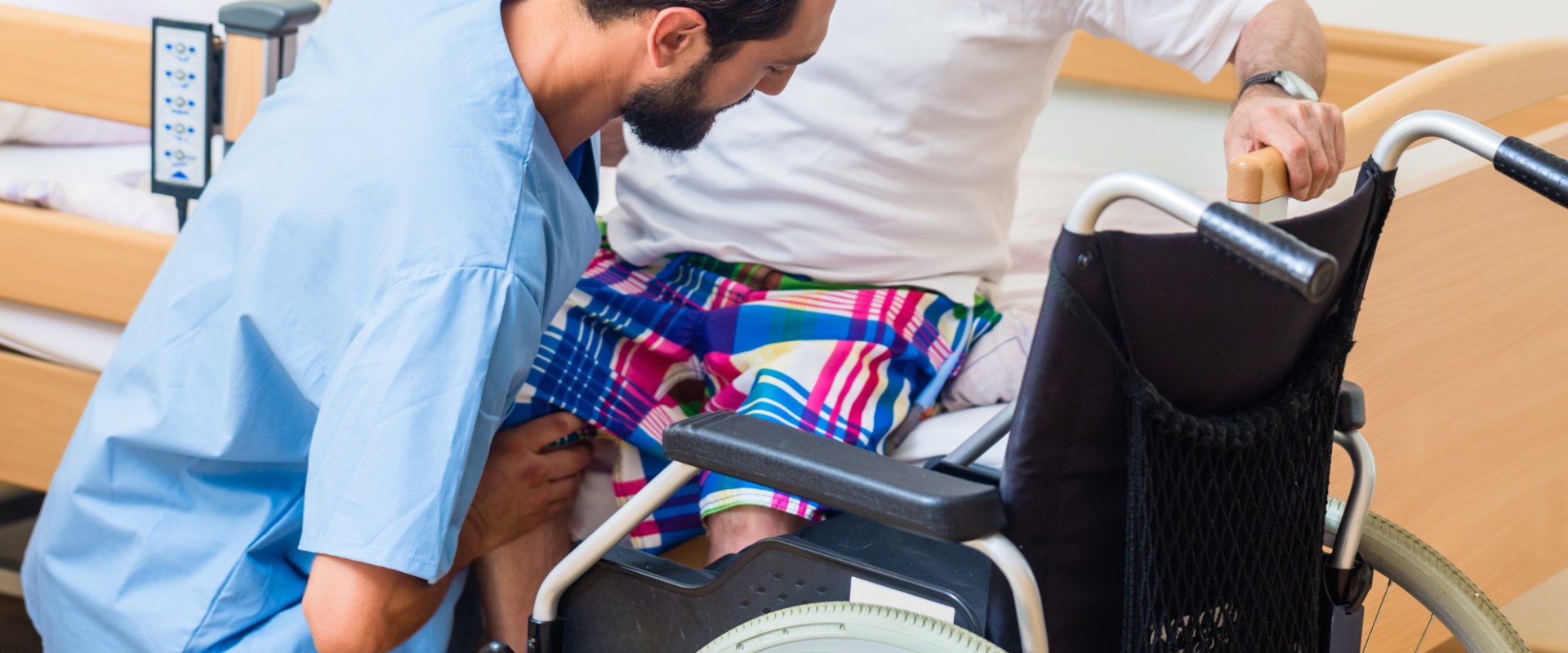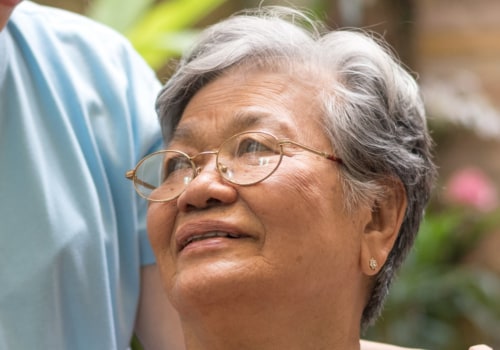The Centers for Medicare and Medicaid Services has defined four types, or “tiers,” of hospice care. A patient can experience all four levels, perhaps in just a week or ten days of hospice services. Another patient may experience a level of care for several months of their hospice care. For most patients, hospice care is covered through the medical hospice benefit or other insurance plan.
Medicare defines four different levels of hospice care. The four levels of hospice defined by Medicare are routine home care, continuous home care, general hospital care, and temporary care. A hospice patient may experience all four or just one, depending on their needs and desires. Hospice offers four levels of care, as defined by Medicare, to meet the diverse needs of patients and their families.
The four levels of hospice include routine home care, continuous home care, general hospital care, and temporary care. Medicare benefits cover four levels of hospice care: routine home care, ongoing home care, general hospital care, and temporary care. Hospice coverage in private insurance plans often matches Medicare-defined levels of care. There are four levels of hospice care that all Medicare-certified providers must offer.
Hospice patients and their families can choose the type of care that best suits their needs and preferences. The four levels of care are routine care, ongoing care, inpatient care, and respite care. As the patient's condition worsens, it may progress to other levels of palliative care. For example, a terminally ill patient may begin hospice care with routine home care and transition to continuous home care and general hospital care as symptoms become more severe.
Routine home care for hospice patients is covered by Medicare Part A and B. It is for patients who have tolerable symptoms that do not require 24-hour treatment. Services that a patient may receive in routine home care include nursing, occupational therapy, physical therapy, pathology services, medical equipment, and medical supplies for use at home. Routine home care allows hospice patients to receive the support and care they need without leaving home.
This allows them to keep their daily routine as similar as possible while receiving hospice care. While each provider may have a different process, ongoing home care usually involves hospice workers taking shifts to ensure that the patient and family have the support they need 24 hours a day while there are acute symptoms. The palliative care physician may also remain in constant communication with the patient's primary care physician. Symptoms that often lead to the need for treatment in an inpatient facility are similar to acute symptoms that require ongoing home care, although they may worsen and require the need for more complex medical equipment and thorough supervision by the hospice team.
Some patients may enter hospital care out of necessity because of their symptoms, but others may choose general hospital care to ensure the fastest and most reliable treatment possible. Temporary care is provided when the primary caregiver is mentally or physically exhausted and needs a break or will be temporarily unavailable (for example,. With respite care, the patient is admitted to the inpatient center and hospice staff meet their physical and emotional needs. Respite care is limited to five days at a time.
A caregiver may need respite care if they need to take several days off to ensure they are in a mental and physical state to properly care for the patient. They may also need respite care if they have a wedding, graduation, or other event they plan to attend. This ensures that the patient gets the care they need while also giving the caregiver the support and rest they want. In general, patients who face tolerable symptoms most days are eligible for hospice care at home, while those who have more severe symptoms may require general hospital care.
Of course, the level of hospice care may change periodically, for example, if the caregiver needs a break from routine home care and decides to use foster care for several days. To be eligible for hospice care, the patient's doctor and palliative care facility must determine that the patient has a life expectancy of six months or less. The best way to determine whether ongoing care or inpatient care is right for you is to discuss both options with your family, your primary care doctor, and the palliative care team. You may also get help from other hospice team members at the same time, but at least half of the care must be provided by a nurse.
All four levels of palliative care use palliative treatment to treat physical and psychological symptoms equally. Hospice providers base each individual plan on the amount of care required and the patient's preferences. Support includes home medical equipment, medication, social medical services, spiritual support, volunteer visits, grief counseling and hospice related supplies. Respite care is often provided in a hospital, inpatient hospice center, or long-term care facility that has enough nursing staff 24 hours a day.
This could be in the form of a palliative care facility, a nursing home, or another form of assisted living facility. Your doctor or hospice team will guide you along the end-of-life journey and determine the appropriate level of hospice care for you or your loved one. Routine hospice care, also called routine home care or intermittent home care, is the most popular level of care. Hospice providers who are Medicare certified must offer four levels of hospice care, which are defined by the Centers for Medicare Medicaid Services% 26. Services should focus on nursing care, along with hospice support services provided to allow the terminally ill patient to stay at home during a symptom crisis.
The severity of the patient's symptoms and the frequency with which care is needed also play an important role in the most appropriate level of hospice care. . .












